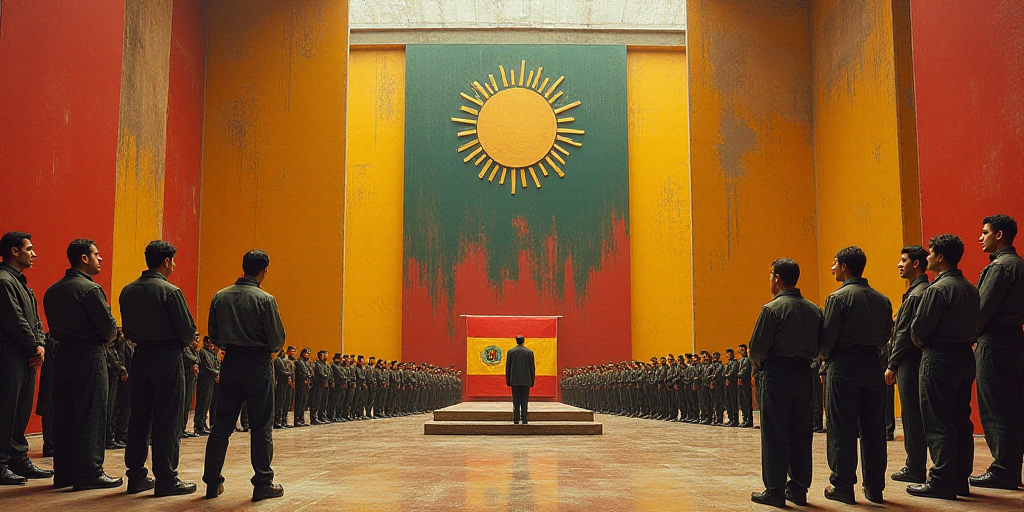Background and Relevance
In a recent development, the Mexican Chamber of Deputies has approved a new Telecommunications and Broadcasting Law, establishing the Comisión Reguladora de Telecomunicaciones (CRT) as a subsidiary body to handle tasks previously managed by the Instituto Federal de Telecomunicaciones (IFT). The IFT is set to be dissolved, and the CRT will take over its responsibilities as part of an organizational simplification reform.
Legislative Process and T-MEC Commitments
The new legislation was passed during the final day of an extraordinary session, with a decisive vote of 343 in favor and 129 against. This law aims to repeal the Federal Telecommunications and Broadcasting Law as part of Mexico’s commitment to the simplification of its organizational structure. The bill has been forwarded to the Executive for approval.
These reforms are crucial as Mexico is a signatory to the United States-Mexico-Canada Agreement (T-MEC). According to Article 18.17, T-MEC members must have an independent regulatory body free from conflicts of interest in telecommunications matters.
Initial Proposal and Amendments
Initially, the proposal by President Claudia Sheinbaum suggested that telecommunications functions would fall under the Agencia de Transformación Digital y Telecomunicaciones (ATDT), which would have contravened T-MEC requirements. However, the CRT was eventually incorporated as a subsidiary body under the ATDT, granting it new authorities through this legislation.
Purpose and Structure of the CRT
The new Telecommunications Law aims to govern telecommunications, broadcasting, and satellite services actors, ensuring their efficient development, promoting universal coverage, and safeguarding user and audience rights.
The CRT will function as an administrative subsidiary with technical, operational, and managerial independence. It must operate impartially to issue telecommunications and broadcasting resolutions.
The CRT’s full board will consist of five commissioners with voting rights, including a president appointed by the Federal Executive for a three-year term, renewable once. Other commissioners will be nominated in a staggered manner by the presidency and confirmed by the Senate, serving seven-year, non-renewable terms.
Spectrum Allocation and Controversial Articles
The CRT will allocate spectrum for public or social use up to 15 years through direct assignment.
The new law includes contentious articles, such as mandating mobile service providers to register phone lines or face suspension. Only lines associated with verified official identification (CURP for individuals, RFC for legal entities) can activate and maintain service. This information may be disclosed to authorities under a court order.
Key Questions and Answers
- What is the new body established by the Mexican Congress? The Comisión Reguladora de Telecomunicaciones (CRT) is the newly established regulatory body for telecommunications, radiodiffusion, and satellite services in Mexico.
- What are the CRT’s primary responsibilities? The CRT will oversee efficient development, universal coverage promotion, and user/audience rights protection in telecommunications and radiodiffusion sectors.
- How is the CRT structured? The CRT comprises five commissioners, including a president appointed by the Federal Executive for a three-year term, with other commissioners nominated and Senate-confirmed for seven-year terms.
- What are the spectrum allocation terms under the new law? Spectrum for public or social use can be assigned directly for up to 15 years.
- What are the controversial aspects of this new legislation? The law mandates mobile service providers to register phone lines or face suspension, requiring verified official identification for line activation and maintenance.






